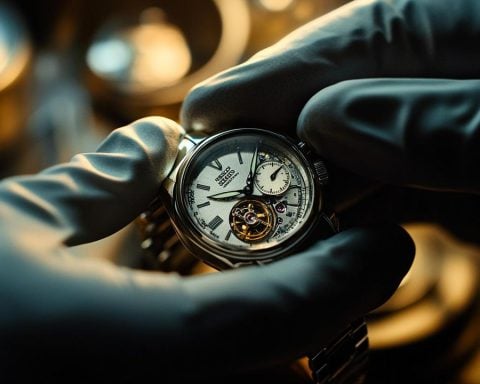New York City’s app-based delivery drivers on e-bikes and other micro-mobility vehicles face perilous conditions on the roads as they navigate a city with inadequate infrastructure. With few protected bike lanes or dedicated lanes for mopeds and e-bikes, both the city government and the food delivery companies share the blame, according to advocates.
While ordering takeout in the city is convenient, it’s important to recognize the risks involved for the delivery workers who bring the food to our doors. These workers have one of the deadliest jobs in New York City, with a fatality rate of at least 36 per 100,000 workers between January 2021 and June 2022. This is over five times higher than the fatality rate for construction workers in the city. Most of these deaths occur due to traffic crashes, while workers also face a high risk of violent robbery.
In addition to the high fatality rate, delivery workers also experience severe injuries at alarming rates. A city report found that 28.7% of e-bike or moped delivery workers had injuries that forced them to miss work, lose consciousness, or seek medical care. Complicating matters, many of these workers are immigrants, some living in the country without legal status. They fear reporting crimes to the police or seeking medical care due to the risk of deportation.
The inadequate infrastructure exacerbates the risks faced by delivery workers and other non-car drivers. With just 3% of the city’s roads having protected bike lanes and only 1% of intersections equipped with red light cameras, the streets are not designed to prioritize the safety of cyclists and scooter riders. This lack of safe infrastructure also contributes to the increase in bicycle deaths. In 2023, bicycle deaths hit a 24-year high, with most fatalities occurring in collisions with vehicles on streets without bike lanes.
To address these issues, advocates are calling for wider protected bike lanes, dedicated lanes for e-bikes and mopeds, and charging facilities for e-bikes. They argue that the city must invest in infrastructure improvements, create accountability measures for food delivery companies, and prioritize the safety of all road users. Additionally, the gig worker status of app-based delivery workers contributes to their vulnerability, as they are not provided with benefits or health insurance.
As New York City moves forward, it is crucial for the city government and food delivery companies to work together to create safer streets for delivery workers and all non-car drivers. By investing in infrastructure and implementing measures to ensure fair treatment, the city can protect the lives and well-being of those who play a significant role in the vibrant food delivery industry.
The app-based food delivery industry in New York City is a rapidly growing sector, driven by the convenience and demand for takeout and delivery services. The market has seen significant expansion in recent years, with the rise of platforms like DoorDash, Uber Eats, and Grubhub. These platforms have revolutionized the way people order food, offering a wide range of restaurant options and quick delivery times.
Market forecasts suggest that the app-based food delivery industry will continue to grow in the coming years. The COVID-19 pandemic has accelerated this growth, as more people opt for food delivery as a safe and convenient option. According to a report by Allied Market Research, the global food delivery market is expected to reach $1.57 trillion by 2026, with a compound annual growth rate of 12.3% from 2019 to 2026.
However, the industry also faces several challenges and issues that need to be addressed. One of the key concerns is the safety of delivery workers, particularly those who use e-bikes and other micro-mobility vehicles. As mentioned in the article, the lack of protected bike lanes and dedicated lanes for mopeds and e-bikes poses a major risk to these workers, leading to a high fatality rate and severe injuries. This not only affects the well-being of the workers but also raises concerns about the ethics and responsibility of both the city government and the food delivery companies.
To tackle these issues, there are calls for wider protected bike lanes, dedicated lanes for e-bikes and mopeds, and charging facilities for e-bikes. These infrastructure improvements could greatly enhance the safety of delivery workers and encourage the use of environmentally friendly modes of transportation. Additionally, the implementation of measures to ensure fair treatment and accountability for food delivery companies is necessary. This could include providing benefits and health insurance for app-based delivery workers, who often work as independent contractors.
The vulnerability of delivery workers is also linked to their gig worker status, which leaves them without the same protections and benefits as traditional employees. This issue highlights the need for policy changes and regulations that acknowledge the unique challenges faced by gig workers and ensure their fair treatment and well-being.
In conclusion, while the app-based food delivery industry in New York City offers convenience and opportunities for entrepreneurs, it also exposes the vulnerabilities and risks faced by delivery workers. The industry’s growth and potential can only be sustained by addressing the inadequate infrastructure, establishing accountability measures, and prioritizing the safety and well-being of all road users. By working together, the city government and food delivery companies can create a safer environment for delivery workers and nurture a sustainable and responsible industry.
Related link: New York City Department of Transportation

















